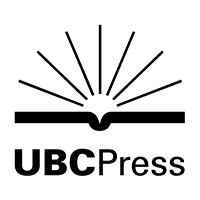Distributed for University of British Columbia Press
Land and the Liberal Project
Canada’s Violent Expansion
Canada was a small country in 1867, but within twenty years its claims to sovereignty spanned the continent. With Confederation came the vaunting ambition to create an empire from sea to sea. How did Canada lay claim to land so swiftly?
Land and the Liberal Project examines the tactics deployed by Canadian officialdom from the first articulation of expansionism in 1857 to the consolidation of authority following the 1885 North-West Resistance. Éléna Choquette contends that although the dominion purported to absorb Indigenous lands through constitutionalism, administration, and law, it often resorted to force in the face of Indigenous resistance. She investigates the liberal concept that underpinned land appropriation and legitimized violence: Indigenous territory and people were to be “improved,” the former by agrarian capitalism, the latter by enforced schooling.
By rethinking this tainted approach to nation-making, Choquette’s clear-eyed exposé of the Canadian expansionist project offers new ways to understand colonization.
232 pages | 5 maps | 6 x 9 | © 2024
History: General History
Native American and Indigenous Studies
Political Science: Political and Social Theory
Reviews
Table of Contents
Introduction: Expanding Canada
1 Birthing Canada, 1857–67
2 Founding Manitoba, 1867–70
3 Ordering, Settling, and Policing the Northwest, 1871–76
4 Canadianizing the Indigenous Peoples, 1876–84
5 Defeating and Eliminating Indigeneity, 1884–85
Conclusion: The Peaceable Kingdom Canadians Reign over Today
Notes; References; Index

